Porter One Gallon Beer Kit
Brand : Brewers Best
- SKU:
- 1408_
- UPC:
- 888690014084
- Shipping:
- Calculated at Checkout
- MAP:
- MAP


Your Porter One Gallon Beer Kit is a classic dark ale featuring chocolate specialty grains. A nice hoppy character is well balanced well against this roasty full-bodied beer. This kit is perfect for if you're new to world of home brewing and makes a great gift to introduce your buddies to a rewarding new hobby. If you were thinking about getting into brewing your own beer then this is the perfect way to get in on all the fun. Add one of these to your cart and get your first batch of beer started today.
- IBUs: 39 - 43
- OG: 1.052 - 1.056
- FG: 1.015 - 1.019
- ABV: 4.8% - 5.3%
- Difficulty: Easy
- Color: Deep Brown
If you are making a beer kit for the first time, an equipment kit is a great and low-stress way to get all the equipment you need to make your Porter one gallon beer kit.
Equipment kit includes:
- 2 gallon Fermenting Bucket with Lid
- Clear One Gallon Glass Jug
- Easy Clean No-Rinse Cleanser
- Mini Auto-Siphon
- Beer Bottle Brush
- Hydrometer
- Liquid Crystal Thermometer
- Bottle Brush
- Econolock
- Lab Thermometer
- Siphon Hose with Shut-off Clamp
- IO-Star
- Test Jar
- Equipment Instructions
- Double Lever Capper
- Bottle Filler
Good sanitation practices are absolutely fundamental to good beer making. Five Star San is the premier sanitizer you will need to make your Porter Beer beer kit. A great practice for extra protection is to have a spray bottle filled with sanitizing solution so you can re-sanitize everything that touches or goes near your Porter. Sanitation is much more difficult with beer than wine because beer has a higher pH. Wine's high acidity makes bacterial infection less likely but with beer, one small mishap can cost you your batch.
When your Porter is done, you will need bottles. This standard 12 ounce bottle is a good choice. Bottles do not come with caps.
The one gallon jug pictured here is the standard size for your Porter one gallon kit.
Auto-siphons are a great luxury item to have in your brew equipment. Once you have one you will never go without it again. Don't forget to use a heavy duty sanitizer to clean it since you don't want to replace it as often as hoses. A good sanitizer for that job is Five Star San.
The fermenter pictured here is standard for your Porter one gallon beer kit.
Many people reuse their hoses for far too long. Replacing your hoses often or even using as single use items is highly recommended with beer making. Hoses are very hard to clean and beer is very susceptible to bacterial infection. You do not want to risk losing your Porter over a few feet of unsanitary hose.
Pouring your Porter wort into a jug can be tricky. Use a big funnel made just for the job. They even have different mesh screens to remove particles.
It is recommended to replace airlocks often. Because they never physically touch your Porter, the sanitation risk is too often overlooked. Bacteria can spread without physical contact in a closed environment and plastic stubbornly harbors bacteria.
Bungs and stoppers should also be periodically replaced. They can dry out and harbor bacteria.
Keeping your secondary fermenters clean before and after use is key to avoid bacterial infection in your Porter. This brush is a great tool to get into those nooks and crannies.
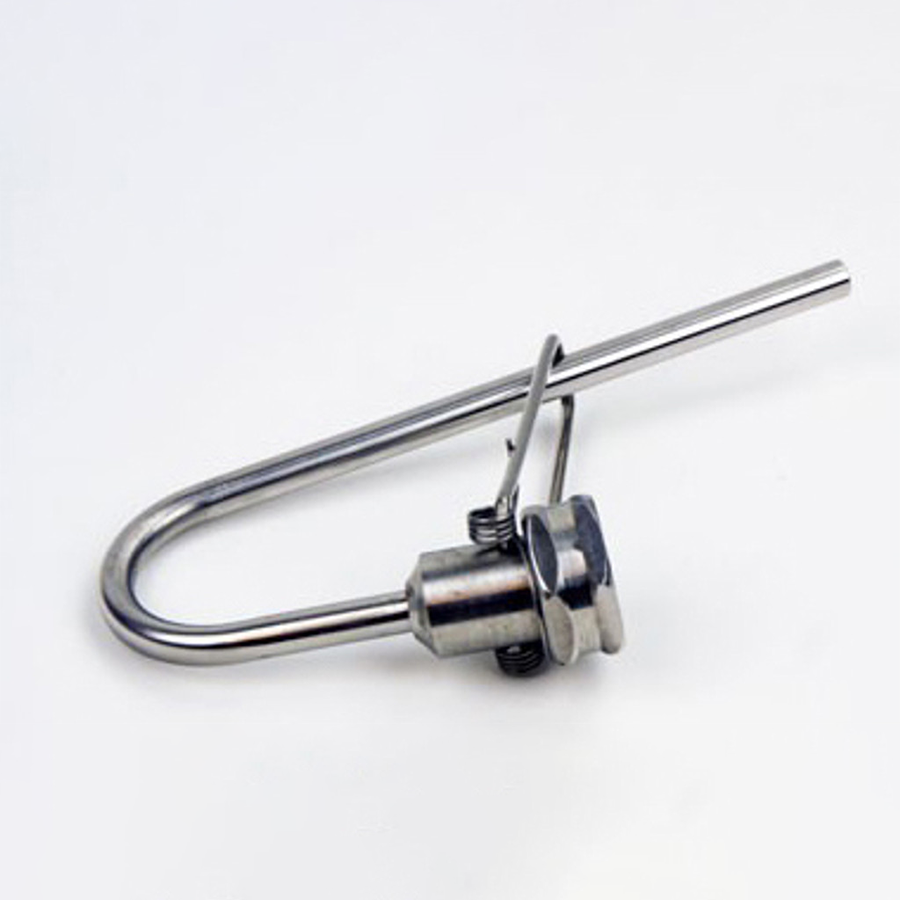 Stainless Steel Carboy and Bottle Washer
Stainless Steel Carboy and Bottle Washer
Stainless Steel Carboy and Bottle Washer is a convenient way of cleaning your bottles, jugs, and/or carboys. This high quality tool will come in handy. Hooks up straight to your faucet with the bottle washer adapter (#4804) and puts out plenty of pressure to clean those stubborn stains from beer bottles that have been sitting around.
When you bottle your Porter, you will need to cap your bottles. This capper is inexpensive, easy to use and does not require attaching to a counter. It has a magnet to hold the cap in place.

DID YOU KNOW
Porter was the first beer style to be brewed world-wide. Ireland, North America, Sweden, and Russia all were producing it by the end of the 18th century.


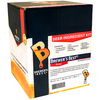





 Sanitizer
Sanitizer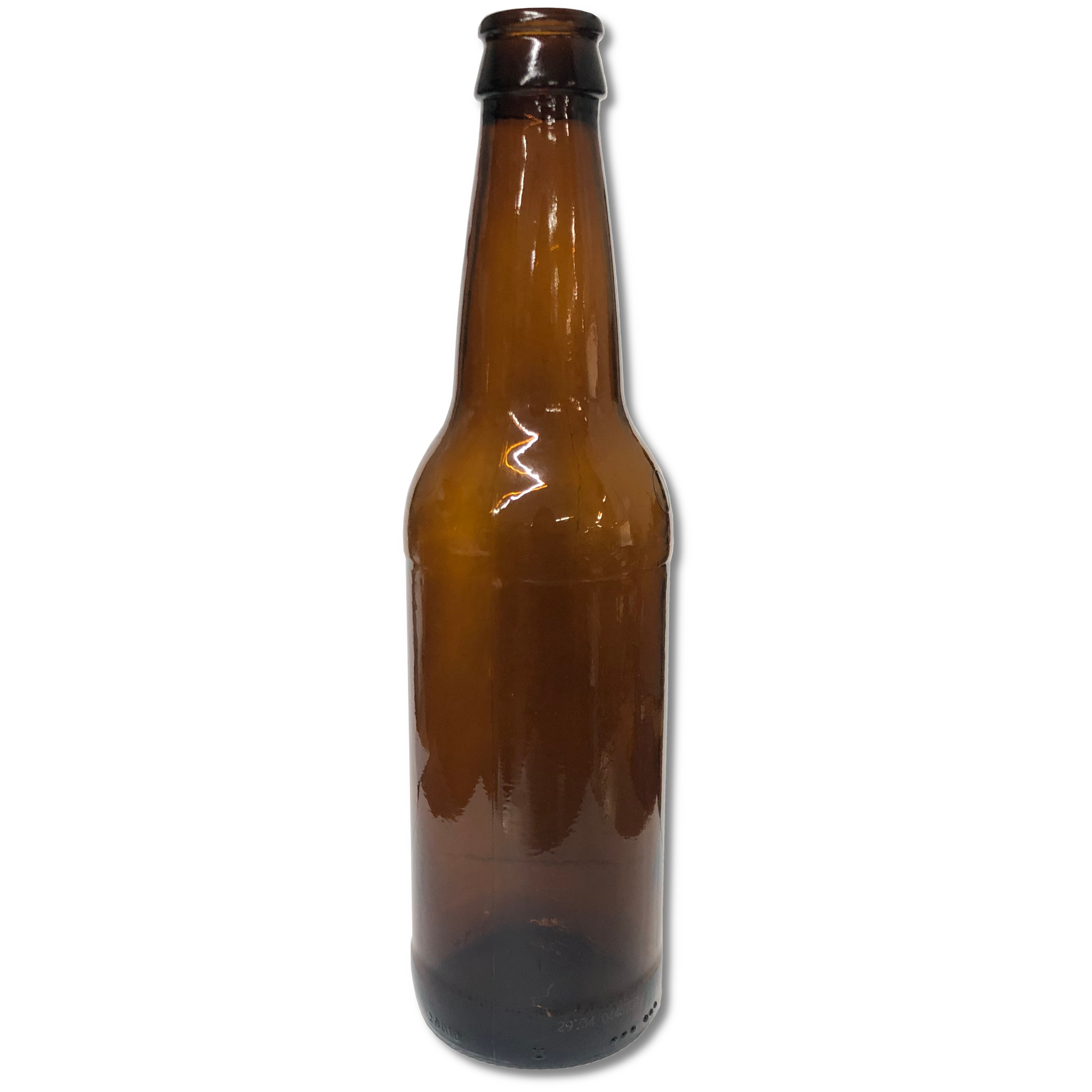 Bottles
Bottles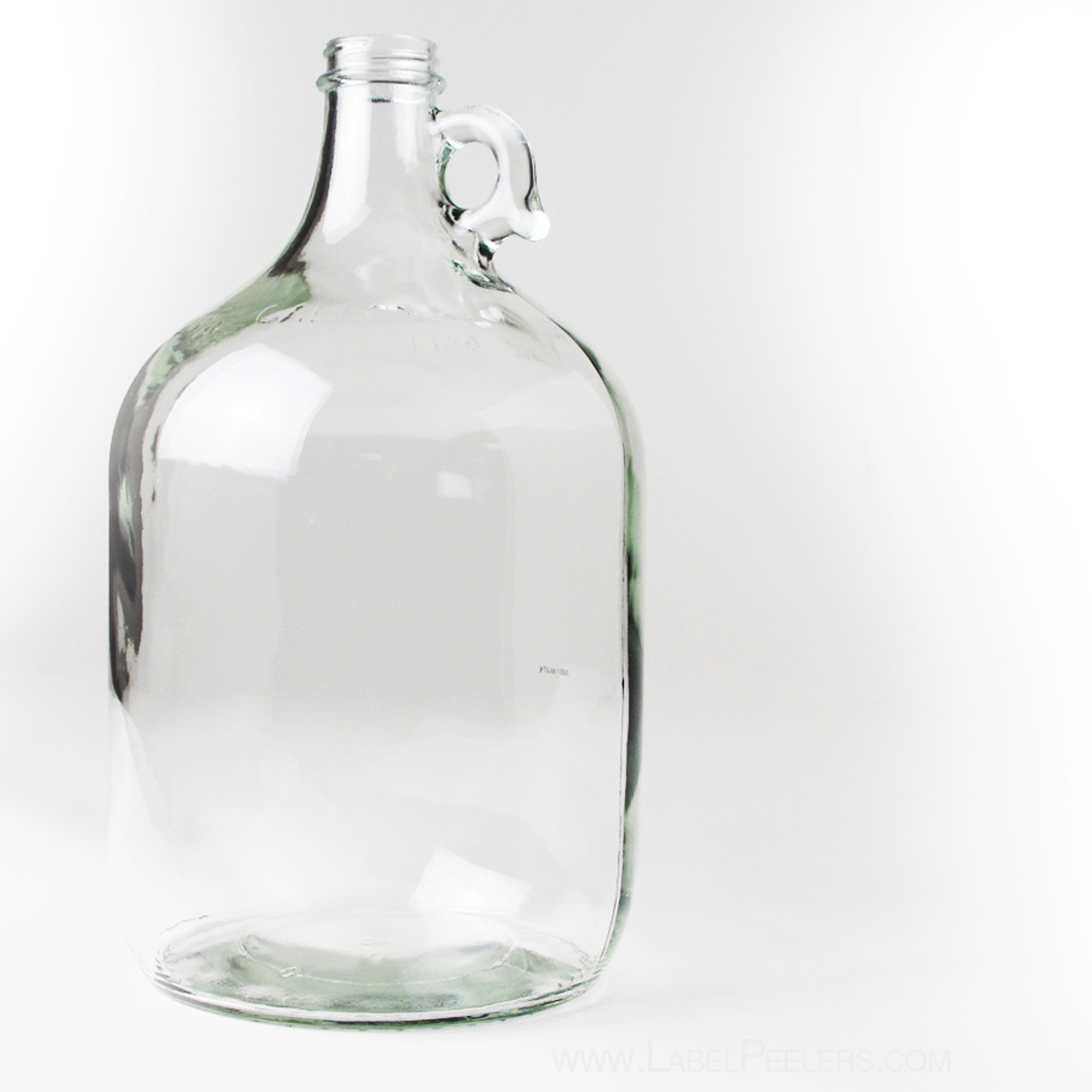
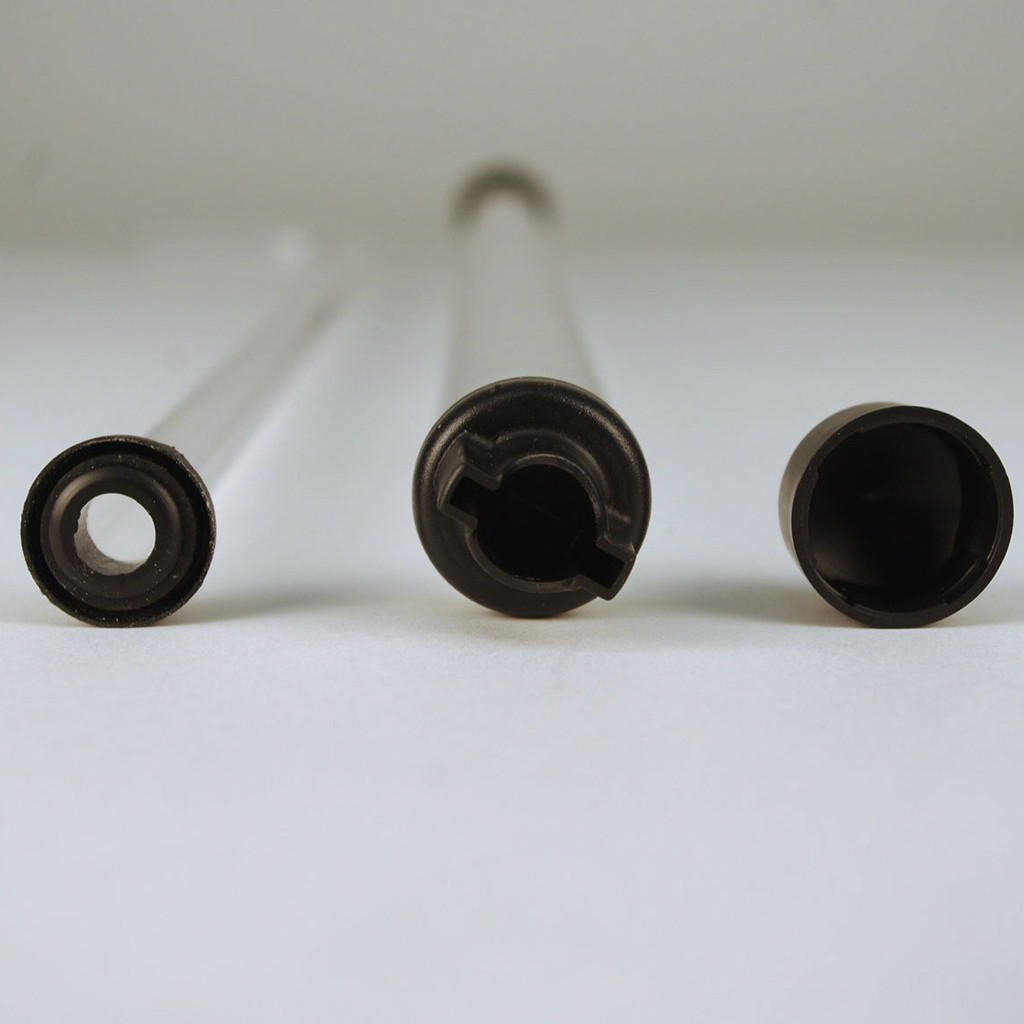 Siphons
Siphons
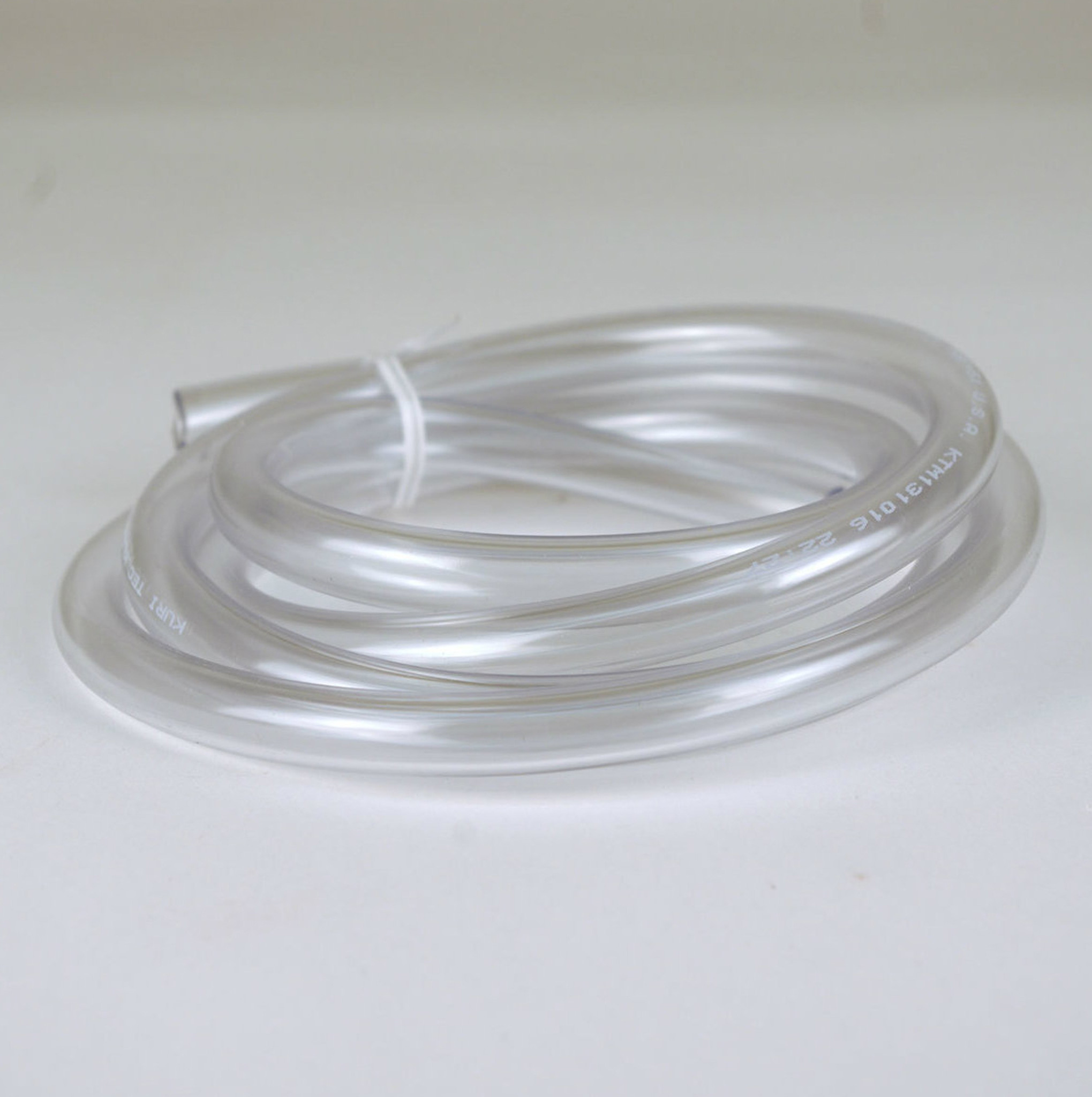 Hoses
Hoses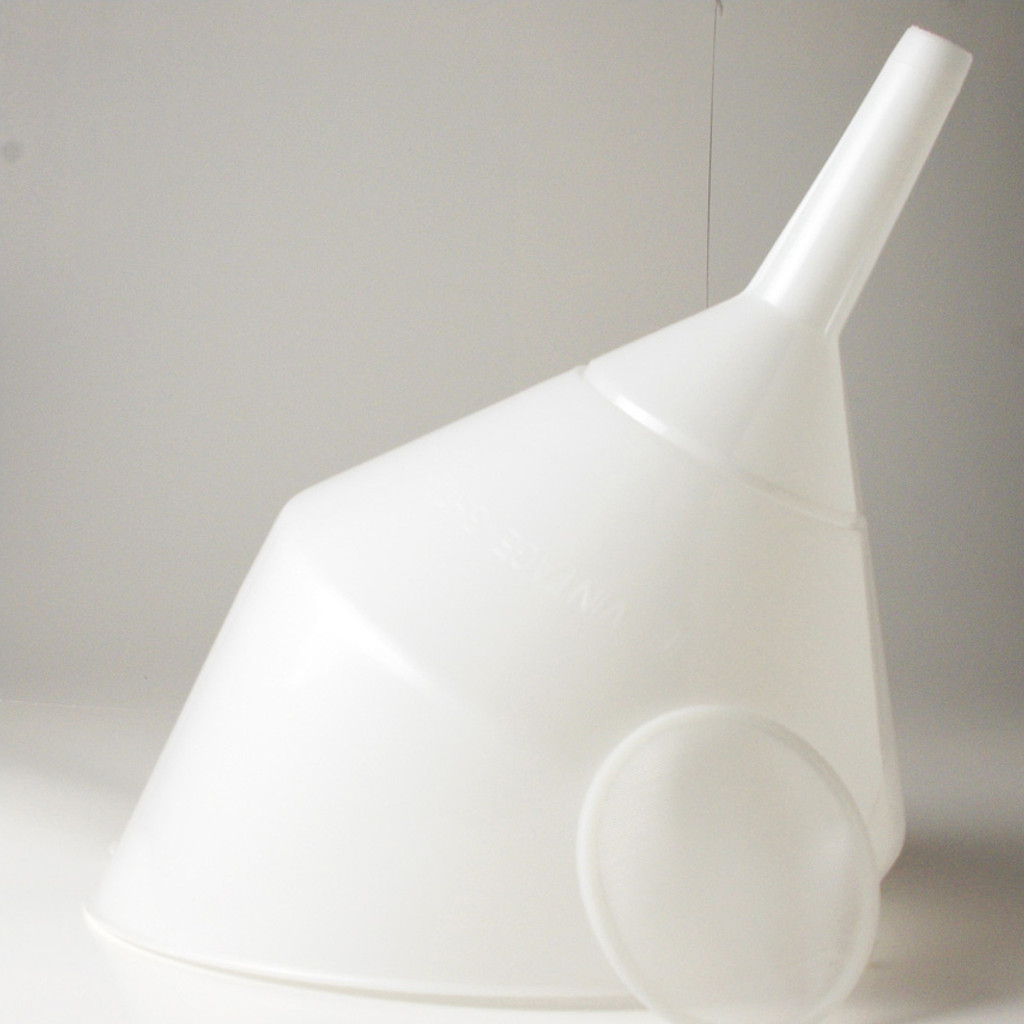 Funnels
Funnels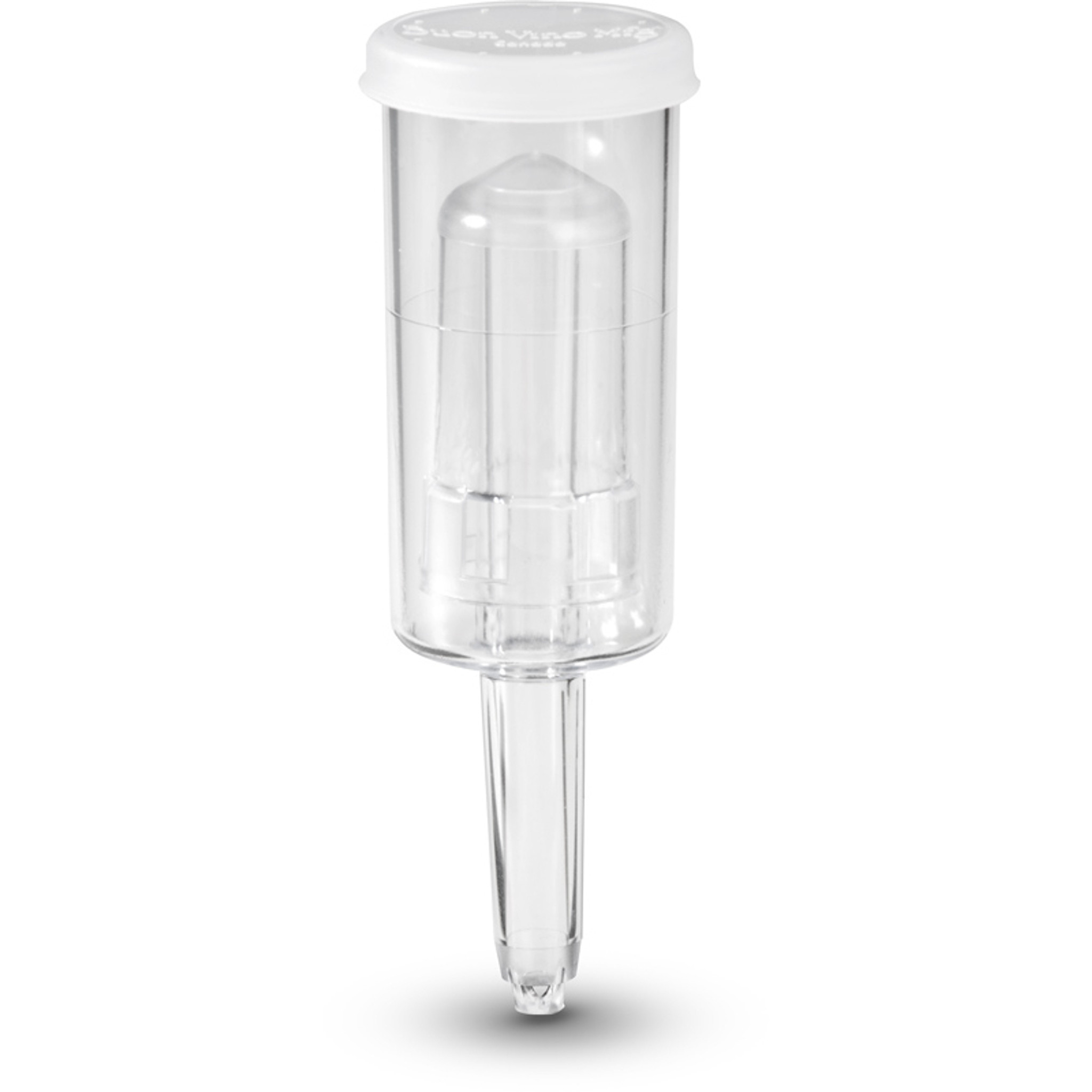 Airlocks
Airlocks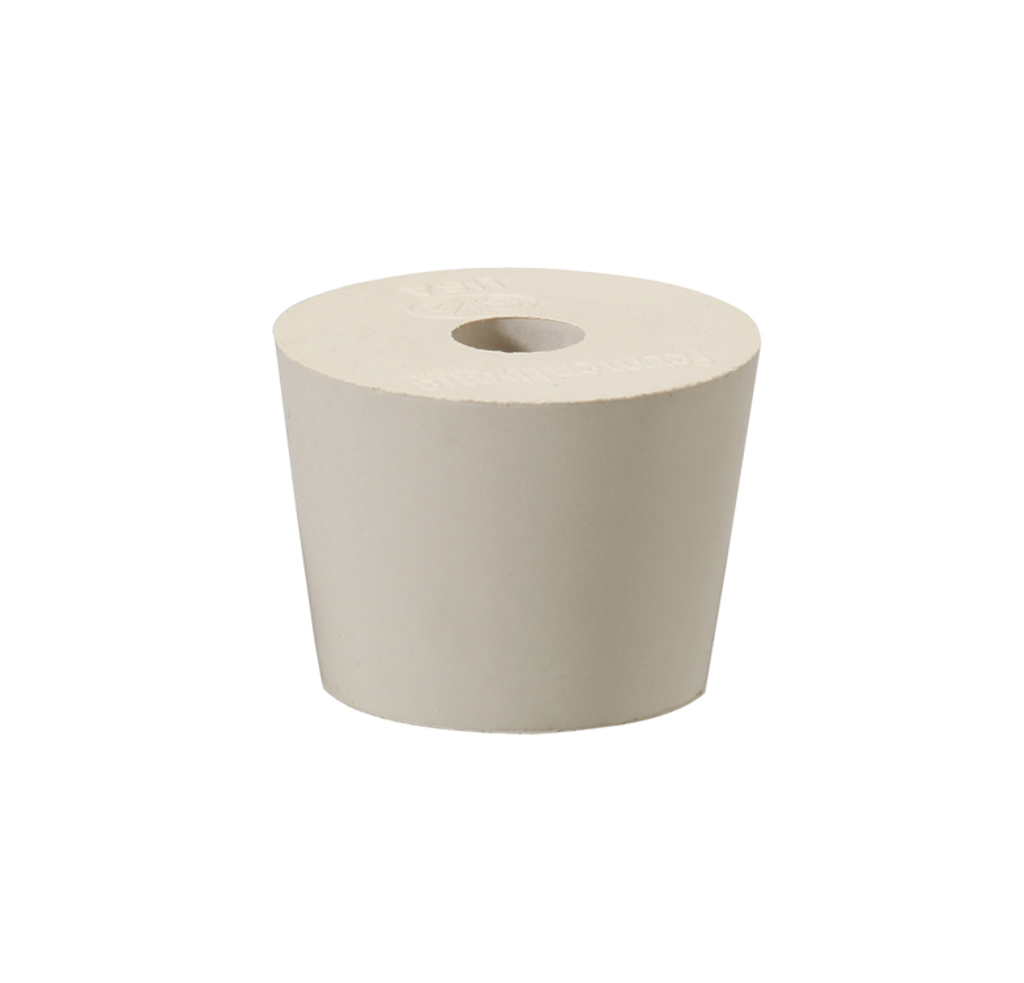
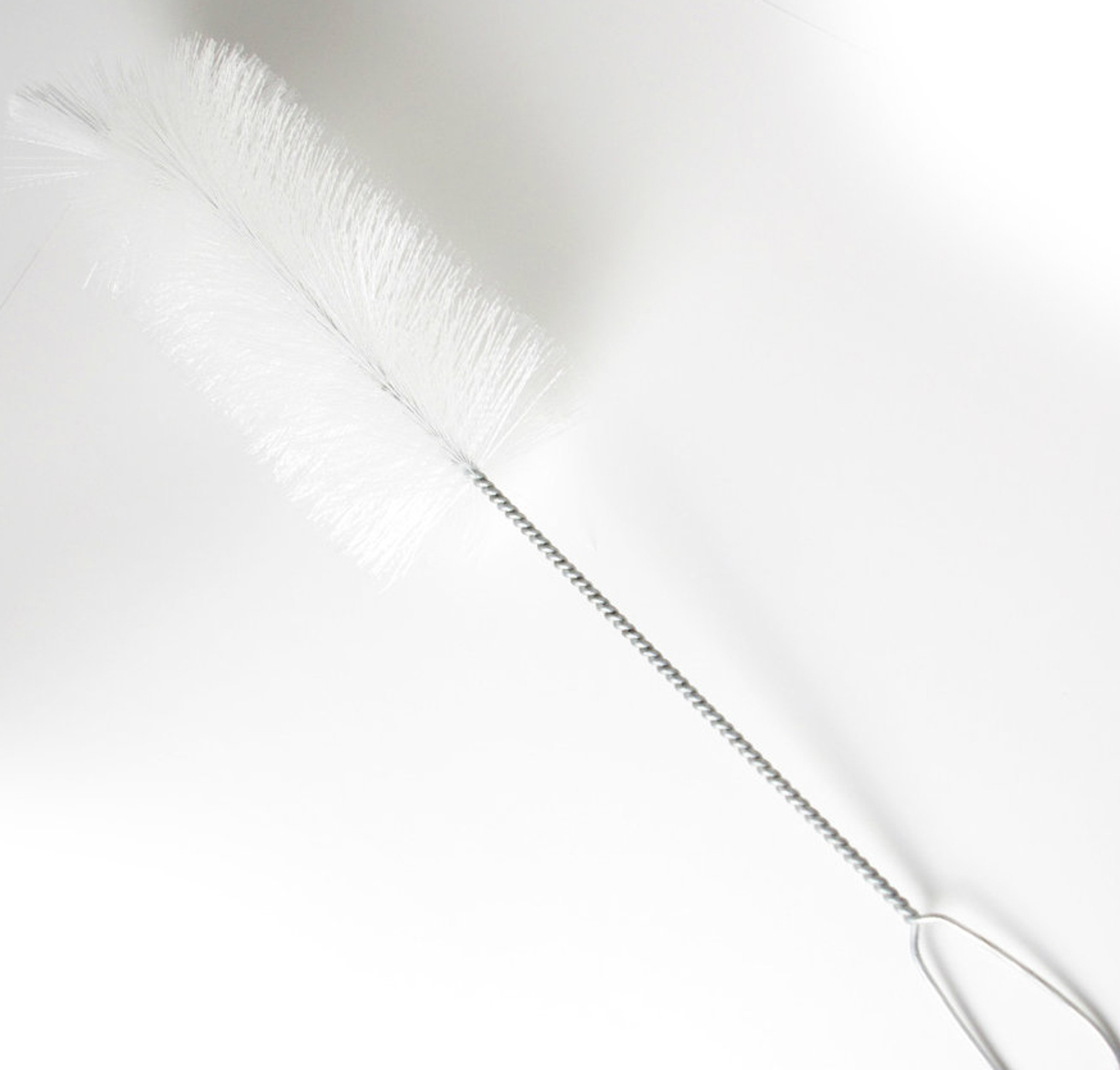
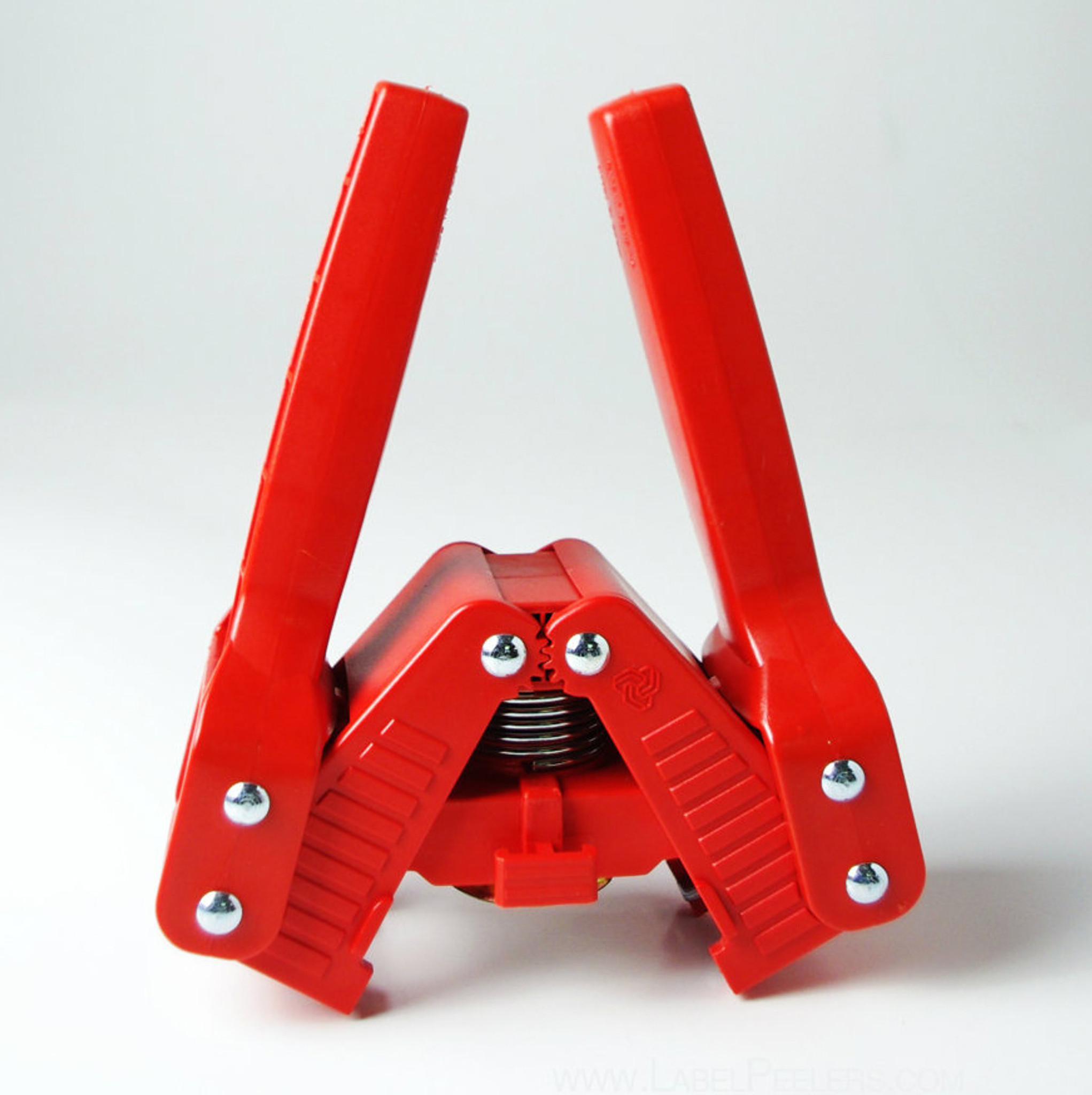 Capper
Capper



